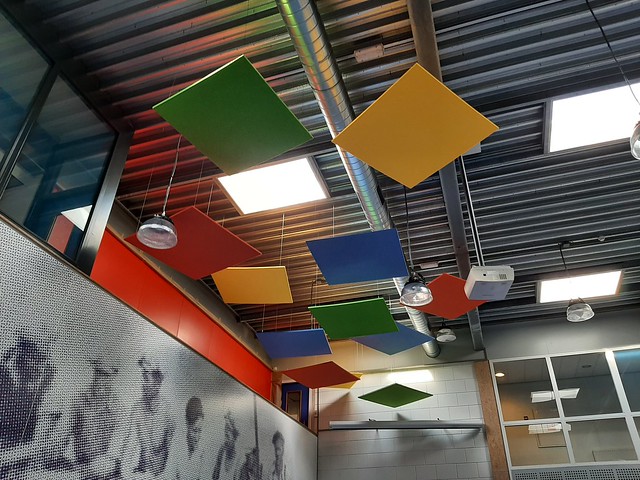Blow Molding Machines
Blow molding is a versatile manufacturing process that produces hollow-bodied plastic workpieces. Millions of these bottles are used daily for soda, water, cleaning products, and other goods.
The process involves extruding a parison and then clamping it in the mold before blowing it with compressed air. This allows the hot plastic to expand and conform to the mold’s shape.
Process
The blow molding process is used to make hollow plastic shapes like bottles and containers. It is a complex procedure that relies on multiple manufacturing processes and air pressure. It also requires special materials and specialized equipment. It uses millions of gallons of oil each year, which depletes the world’s dwindling oil supplies and has a negative environmental impact.
Blow molders use two distinct blow molding processes: extrusion and injection blow molding (IBM). Extrusion blow molding uses an extruder to create tube-shaped molten plastic, called parison. The parison is then clamped inside the product mold and inflated with pressurized air. Once the plastic cools, the mold opens and the product is ejected from the machine. The extra plastic on the ends of the product is called flash and is discarded.
The blow molding machine must have a cooling system that is adequate for the type of resin and size of the product being produced. It must also be able to accommodate shrinkage. Because hot plastic shrinks as it cools, the product mold needs to be larger than the final product in order to account for this. Additionally, the mold must have a mandrel to help guide the blown plastic to the desired shape. Lastly, the mold must be designed to handle the force required for ejection and other factors.
Materials
There are many different types of plastics that can be used in blow molding. It’s important to choose a material that meets the needs of your manufactured product. Otherwise, the end result may not be what you had in mind. The right plastics will help you get the most bang for your buck.
Blow molding machines use raw materials in pellet form to produce hollow-bodied workpieces. Once the plastic has been melted, it is forced into a hollow mold called a parison, which looks like a tube with one end cut off. The machine then pumps air into the parison to inflate it into the shape of a finished article. The heated plastic is then cooled, and the machine opens and removes the completed workpiece from the mold.
Bottles are the most common type of products produced by blow molding machines. Millions of people use them daily blow molding machine to hold soda, water, cleaning products, and other items. The blow molding process also produces containers for food and beverage packaging, automotive components, and household appliances.
The primary raw materials for blow molding are thermoplastics that are formulated to suit specific applications. The most common include Low and High Density Polyethylene (LDPE and HDPE), Polyethylene Terephthalate (PET) and Polypropylene (PP). Other raw materials for blow molding include Acrylonitrile Butadiene Styrene (ABS), Polyvinyl Chloride (PVC), and Nylon.
Equipment
Blow molding machines make plastic bottles and containers and other hollow plastic products. This versatile manufacturing process is used across industries to create a wide range of consumer goods and essential industrial items, including toys and sports equipment. A modern blow molder uses advanced technology to deliver higher efficiency and precision, reducing environmental impact and boosting production speed.
A typical blow molding machine is equipped with a hopper that holds the plastic pellets or preforms to be melted down. It then heats the materials to a precise temperature, melting them into a liquid state known as molten plastic. The molten plastic then enters a mold cavity to be formed into the desired product shape. The mold is typically designed in two halves, with one half positioned stationary while the other rotates to create the desired shape of the finished plastic product.
Different types of blow molding machines include intermittent extrusion, injection blow molding, and stretch blow molding. Intermittent extrusion blow molding starts with a preform that is heated by an extruder to become malleable and take on a tube shape. The resulting parison is then captured by the machine’s clamping unit and blown by compressed air into the mold to take on its final form.
Injection blow molding is a variation of this process that involves inserting a polymer into an injection mold before the inflation and cooling processes. This type of blow molding is used to create one-piece hollow plastics like milk jugs and water bottles. It is also used to produce complex items such as car parts with multiple bends and compartments.
Applications
Blow molding is a flexible manufacturing process that can produce hollow plastic objects such as bottles, containers and drums. It can also be used to make prototypes, providing a fast and affordable way to test and refine designs before production begins. Blow molding machines can be configured to use a variety of different plastics, allowing manufacturers to create a wide range of products for every industry.
The type of blow molder used depends on the application, with extrusion blow molding (EBM) being the most common for producing large products such as bottles and containers. This process uses a hot tube of plastic called a parison that is dropped between two mold halves and then inflated with compressed air to form the final product shape.
Other types of blow molding include injection blow molding (IBM) and stretch blow molding. IBM blow molding machine factory uses an injection machine to inject molten polymer into a preform, which is then transferred to a blow molder for stretching and blowing. This method is less costly than other methods but does not produce the same high volumes as EBM.
In response to an increased emphasis on sustainability, blow molding technology has embraced light-weighting techniques that optimize design and material distribution to reduce the weight of finished products. This helps to minimize the amount of materials used, lowers energy usage and contributes to sustainable production practices.



